Kau Leka Mei Tahi: Selekā’s Creative Rebellion on Display in Auckland
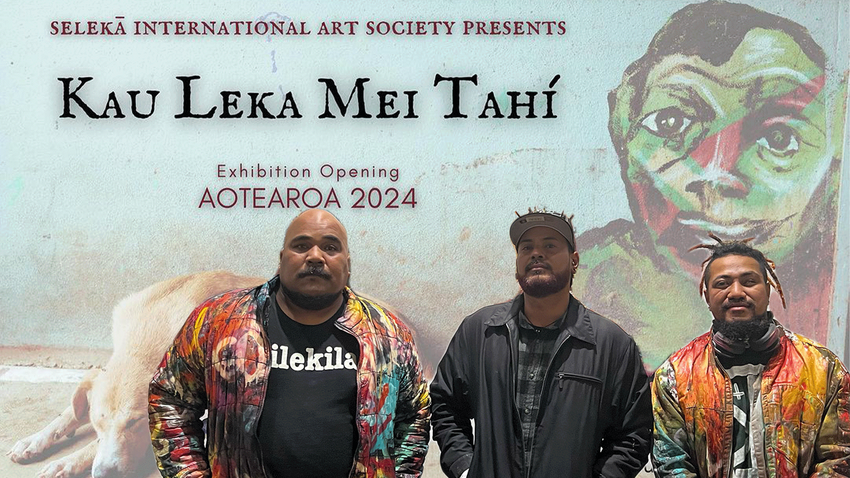
A bold new exhibition, Kau Leka Mei Tahi, is on display at Four Shells Kava Lounge in Auckland, offering a raw, unapologetic glimpse into the world of Selekā, a Tongan art collective that has been pushing boundaries since its inception.
On display until 15th December, Kau Leka Mei Tahi features works by Selekā members and local Tongan youth, continuing the collective’s mission to redefine what it means to be Tongan and creative in a world that often marginalises both.
Kau Leka Mei Tahi: A Celebration of Tongan Youth and Creativity
The Kau Leka Mei Tahi exhibition, which translates to "Children from the Sea," is a testament to Selekā’s ongoing commitment to fostering creativity and artistic expression among Tongan youth. The title of the exhibition reflects the collective’s deep connection to the ocean and the sea as a metaphor for growth, renewal, and self-discovery.
The works on display represent the diverse, dynamic nature of Tongan life, with each piece offering a glimpse into the personal journeys of the artists.
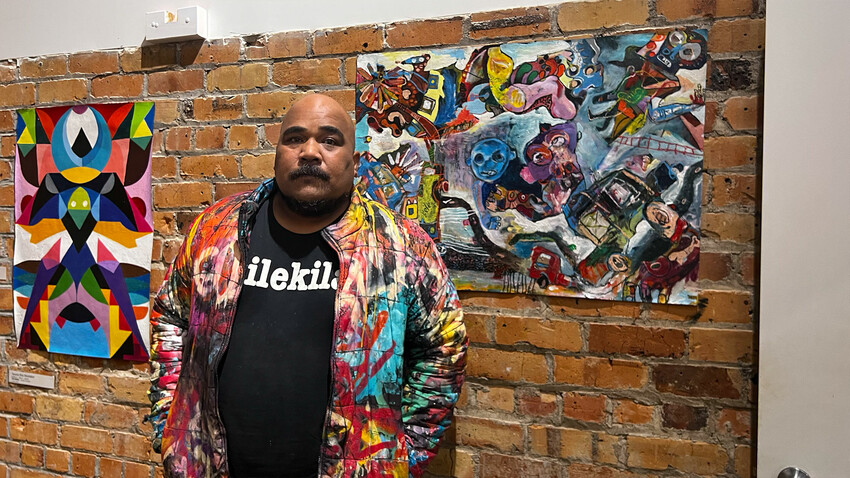
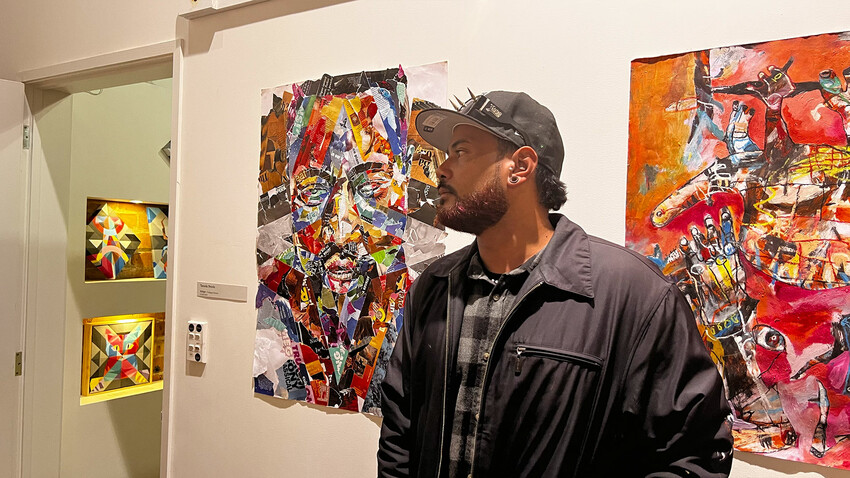
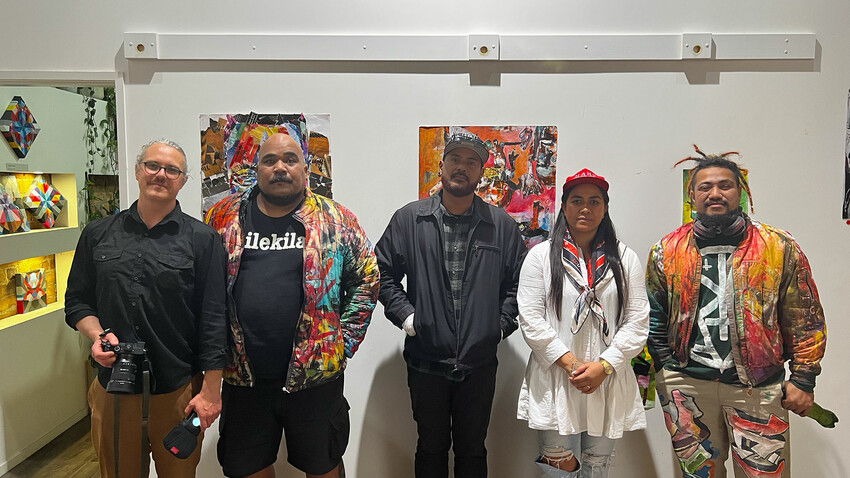
Featured in the exhibition are works by Selekā’s core members, including Tevita Lātū (known by his Selekā name, Buddha), Yazmin ‘Ahohako (Cyclops), Taniela Petelō (Plastic) and ‘Ahota’eiloa Moala (T-Rex), along with a special focus on the creative output of primary school-aged children from Tonga.
This inclusion of younger artists is part of Selekā’s effort to nurture the next generation of Tongan creatives, showing them that there are opportunities to pursue a future in the arts, whether through visual art, music, or performance.
For Selekā, this exhibition is not just about showcasing the work of its members; it’s about opening doors for young people who may not have access to formal art education or the resources to pursue their creative passions. One of the goals of Selekā is to expose young Tongans to art in all its forms and to let them know that they can make something of their creativity.

The works in Kau Leka Mei Tahi reflect a variety of styles and themes, from abstract paintings to mixed-media works. Some works are deeply personal, others are political, but all reflect the collective’s ethos of defying the norms and celebrating the radical power of art.
The Kupesi that are shown here appear to be new but it is the work of our ancestors. The types of patterns, the lines, and their form have been altered to appear new to our people [but are essentially the same] however, I believe they are yet to be widely accepted - Yazmin 'Ahohako (Cyclops)
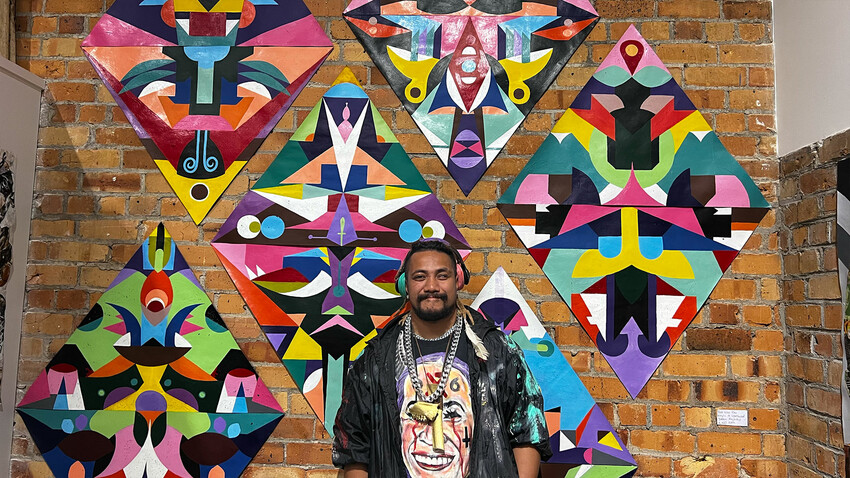
The inclusion of the children’s work, in particular, demonstrates how Selekā has become an important educational and mentoring space, encouraging young people to express themselves through visual art workshops while fostering a sense of pride in their Tongan identity.
Selekā: Tongan Youth Reclaiming Space
Selekā was founded in 2008 by Tēvita Lātū (Buddha) in Havelu, Tonga, as a space for young people to come together, express themselves, and challenge the limitations imposed by society. In a country where traditional norms around respectability, gender, and art are tightly regulated, Selekā has become a revolutionary force, blending the sacred with the profane, and embracing punk-rock aesthetics alongside Tongan customs.
What began as a small, informal gathering place has blossomed into a thriving creative collective that spans not just Tonga, but also New Zealand, and the wider Pacific community.



At its core, Selekā is about breaking the mold. Buddha has explained that the collective's primary aim is to offer young people something better than the distractions of drinking and gossiping that dominate Tongan social life. Through art, poetry, music, and dance, Selekā provides an outlet for self-expression, while promoting values of creativity, personal development, and accountability.
The Power of the Profane: Challenging Tongan Norms
One of the most striking elements of Selekā’s work is its embrace of the “profane”—the taboo, the vulgar, and the controversial. The collective’s punk and metal music influences, its reimagining of Tongan traditions, and its playful yet disruptive nicknames all reflect a purposeful rejection of conventional Tongan respectability and religious conservatism.
In their work, Selekā employs humour, irreverence, and even vulgarity to critique Tongan society’s rigid norms and expectations. For instance, the practice of naming members after rude or crude references is both a play on Tongan concepts of respect and authority and a declaration of the collective’s commitment to breaking free from those constraints. These names, like "Cyclops," "Plastic," or "Kasele" (derived from a slang word for toilet or outhouse), are deeply tied to the collective’s rebellious nature. They challenge the traditional hierarchy of Tongan society, where respect for elders and adherence to religious values are paramount.

However, the “profane” in Selekā’s work also draws on ancient Tongan traditions. There are deep historical roots in the idea of "sacred profanity" in Tongan culture—acts that transgress the sacred to reestablish balance and spiritual renewal. Selekā’s use of “vulgar” symbols like toilets and humour echoes these ancestral practices, turning these symbols of impurity into tools of empowerment. In a society where the sacred and the profane are tightly interwoven, Selekā’s work represents an act of cultural recalibration—an attempt to remember and reclaim a more flexible, inclusive view of Tongan identity.
By embracing the profane, Selekā also asserts their power and agency, creating a space where young people can explore and express their individual and collective mana. It is this very challenge to the status quo that has earned Selekā both admiration and criticism, as they continue to push the boundaries of what it means to be Tongan, creative, and free.
Selekā Names: A Mark of Belonging
One of the unique aspects of Selekā is its tradition of giving members "Selekā names." Anyone who spends enough time within the collective can receive one of these nicknames, which reflect the individual’s personality, actions, or quirks. These names are more than just playful monikers—they are symbols of membership in a community that challenges the dominant cultural norms of Tonga.
Buddha has said that more than 800 Selekā names have been given to date. Some names are funny, some are impudent, and many are deeply personal, reflecting the members’ unique qualities. The practice of naming is integral to Selekā’s ethos of inclusivity and self-expression.
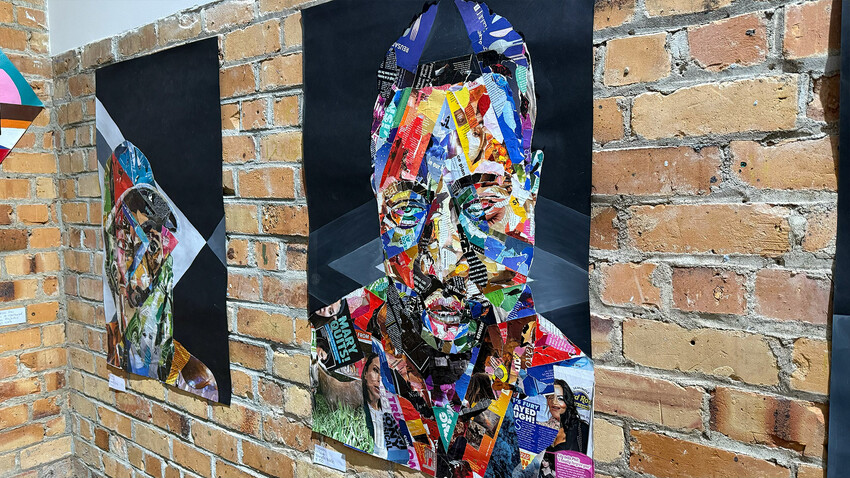
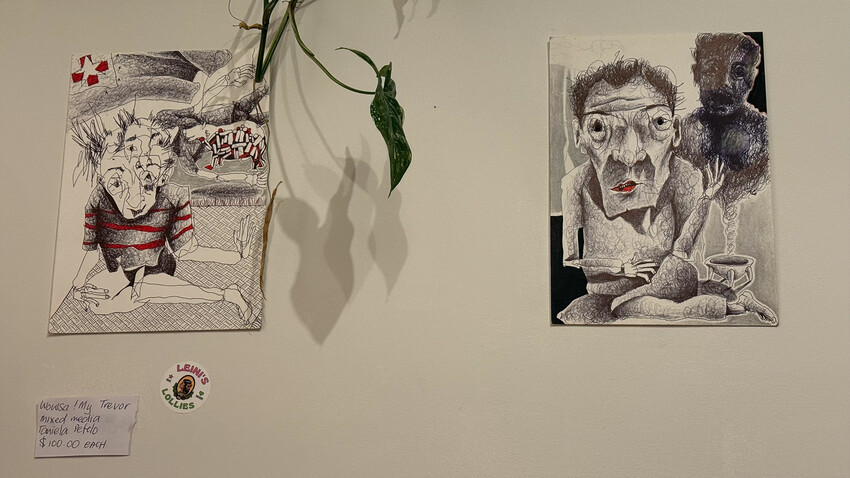
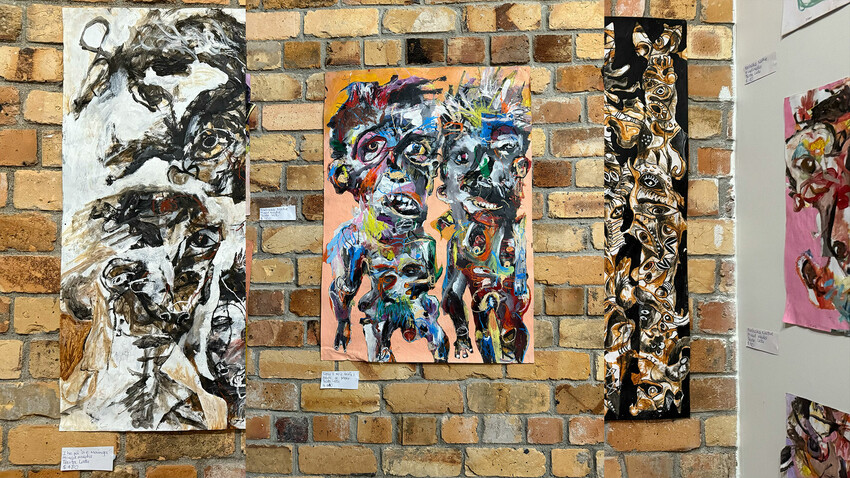
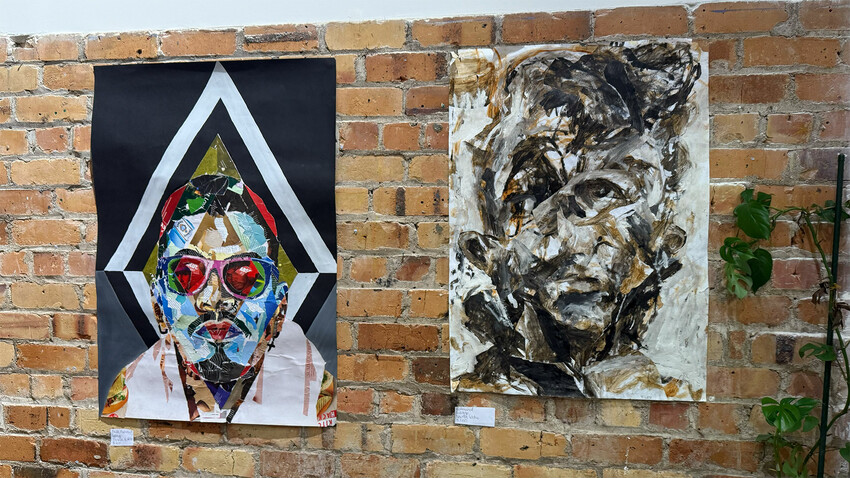
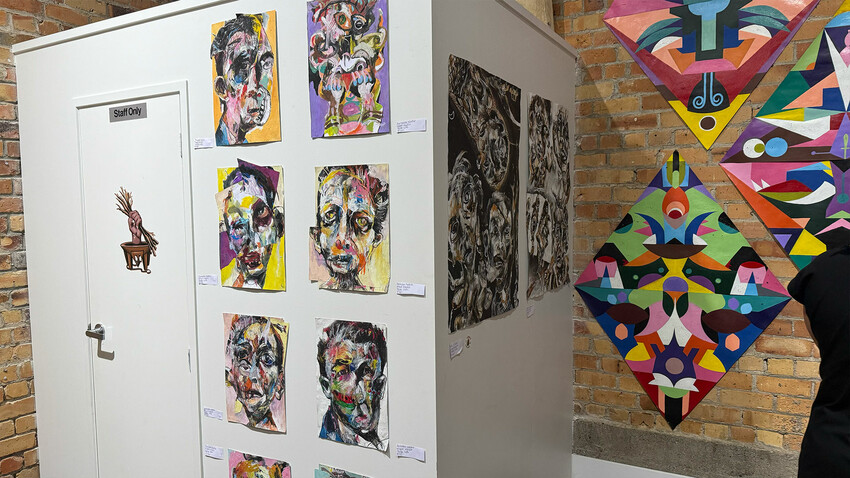
Whether you’re "Cyclops" (a nod to Yazmin ‘Ahohako having one eye), "Plastic," or something else entirely, these names serve as a reminder that in Selekā, everyone has a place, no matter how unconventional or rebellious their identity might be. This sense of inclusivity extends beyond the Selekā members themselves, inviting young people from Tonga and around the Pacific region to come and make art, form relationships, and find their own unique space within the collective.
A New Future for Tongan Youth
As Kau Leka Mei Tahi continues to unfold in Auckland, it is clear that Selekā is more than just an art collective—it is a movement that is shaping the future of Tongan youth, both in Tonga and abroad. The exhibition offers a glimpse into the transformative power of art and community, and it challenges viewers to reconsider what is possible for Tongan youth in a rapidly changing world.
For Selekā, the work is just beginning. Through their art, music, and activism, Selekā is offering Tongan youth not just an outlet for creativity but also a platform for self-expression and personal growth.
As Kau Leka Mei Tahi reminds us, the ocean of creativity is vast and full of potential, and the children of the sea are the ones who will carry it forward.
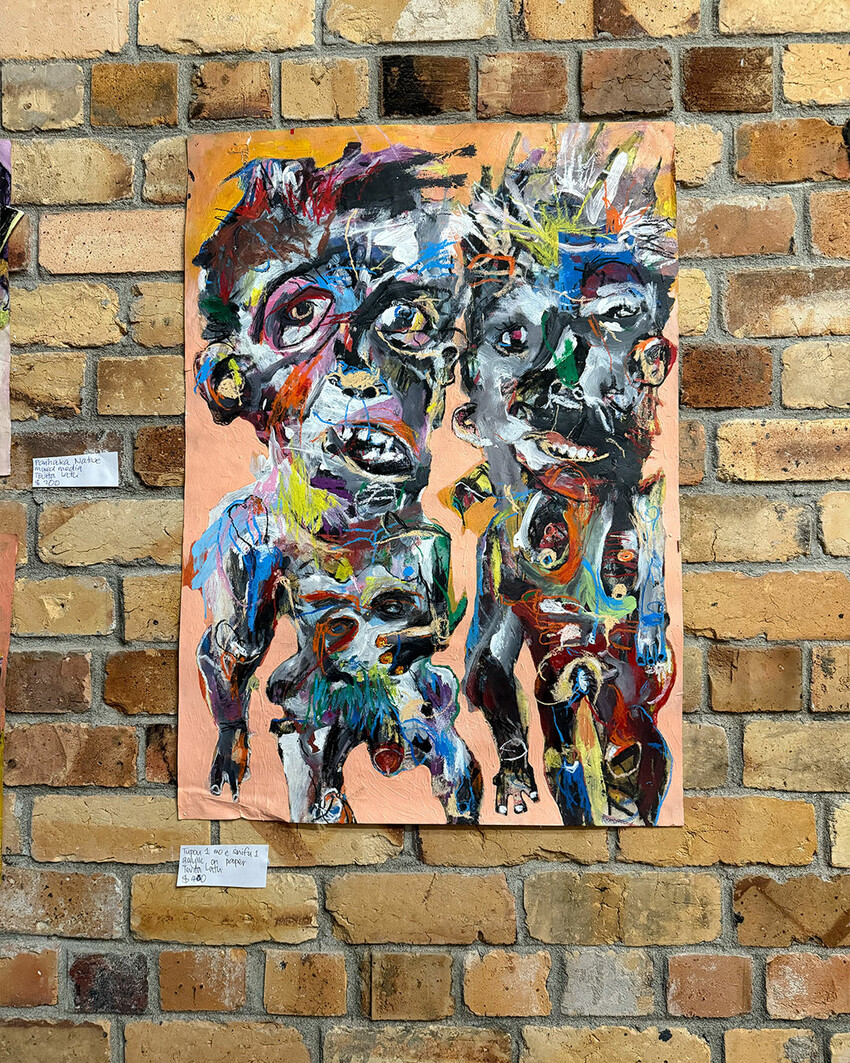
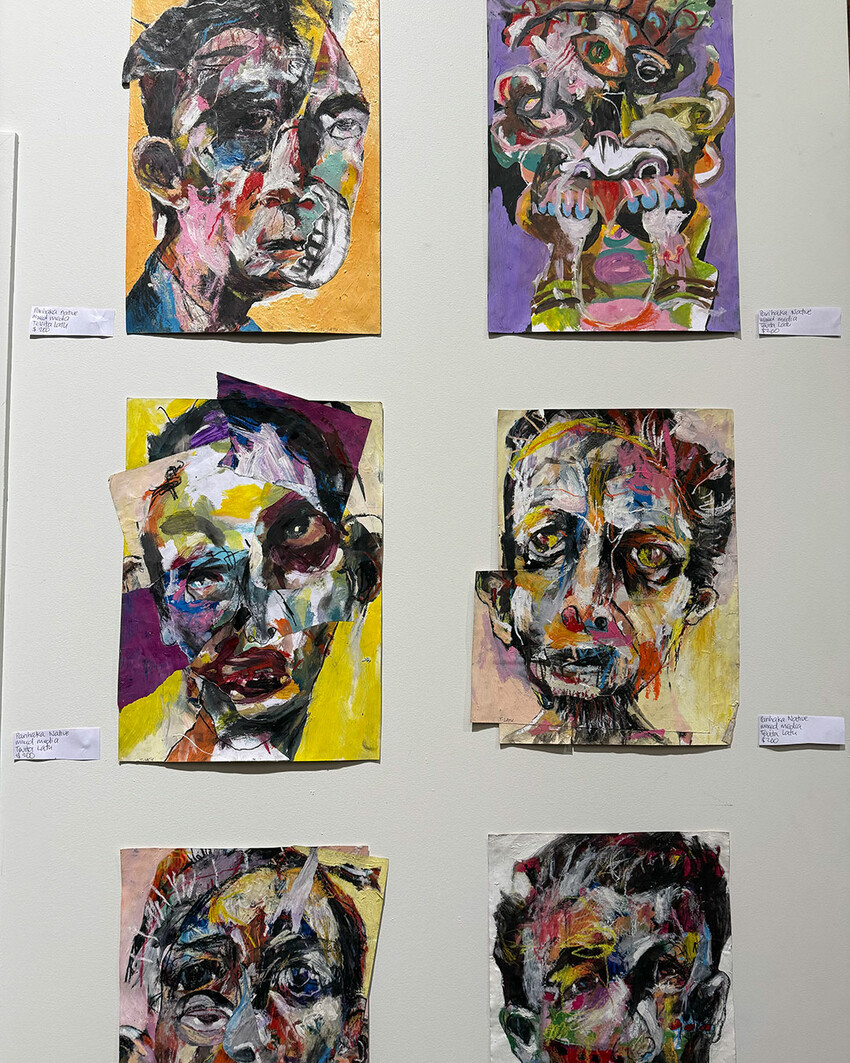
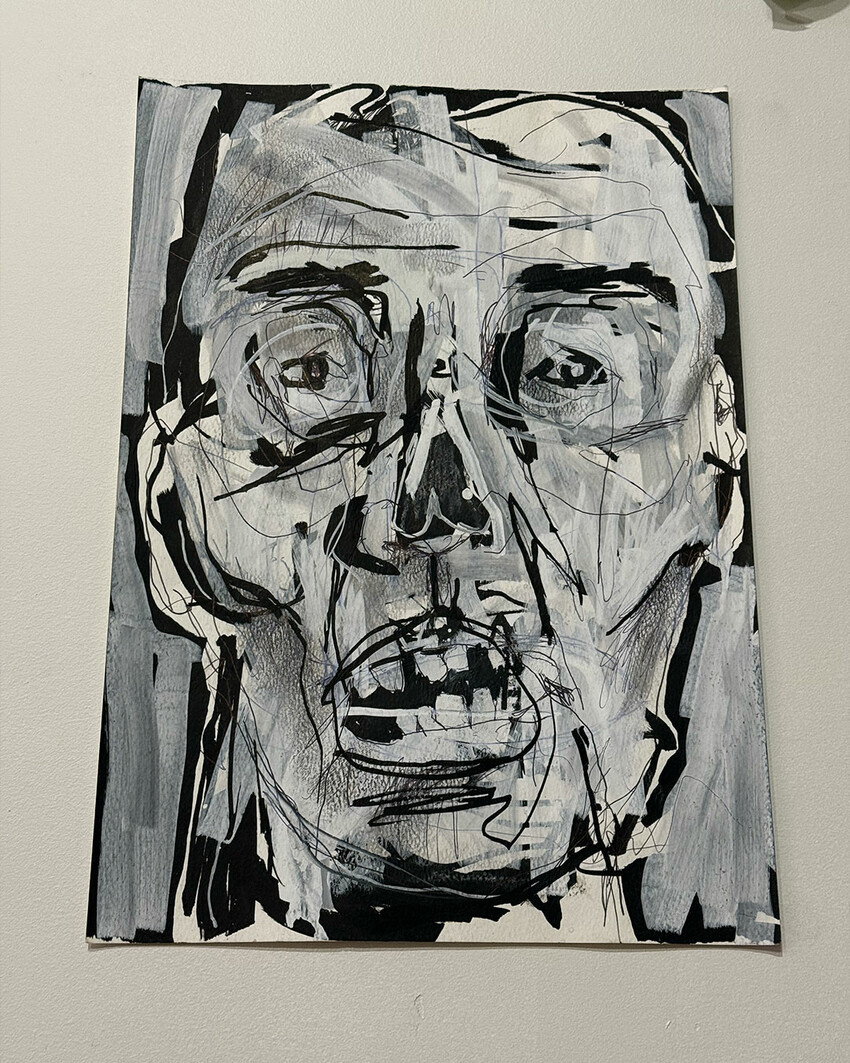
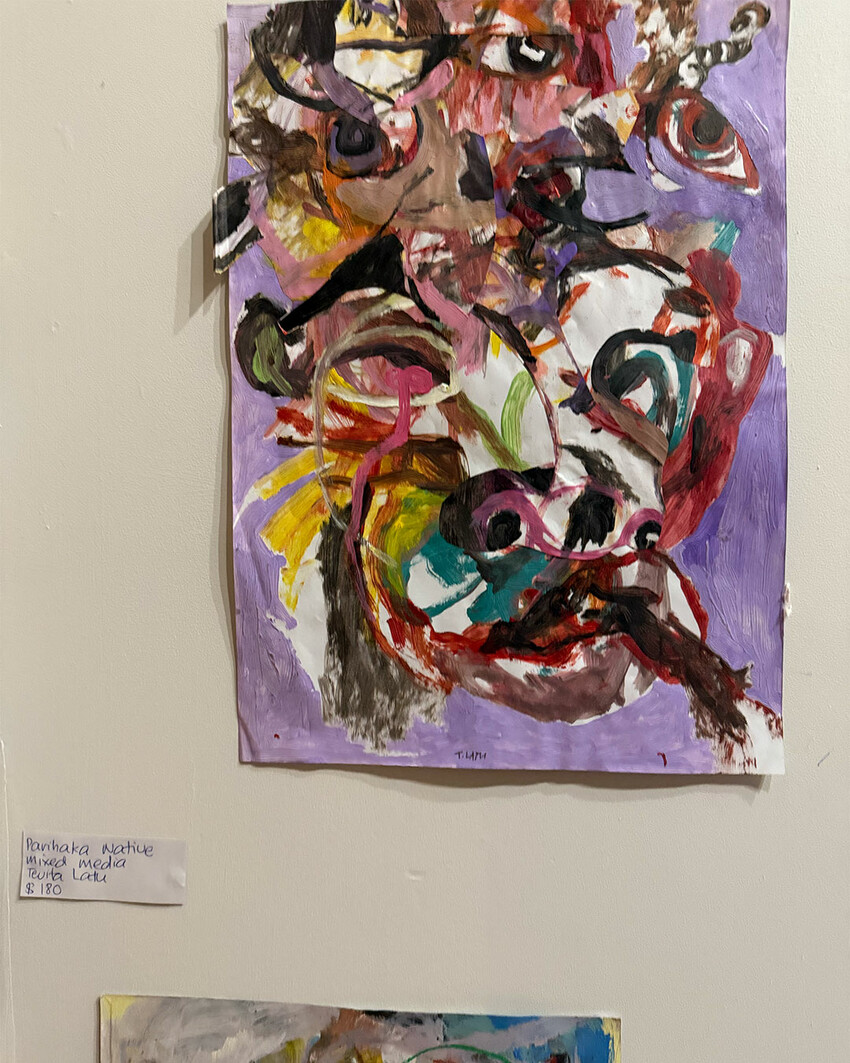
Don’t miss Kau Leka Mei Tahi, showing at Four Shells Kava Lounge, Auckland, until December 15th.
-
By Tu’i Manure, who once went by Anric Sitanilei, a new name recently embraced in the Selekā tradition
(the English word ‘manure,’ as in cow dung)
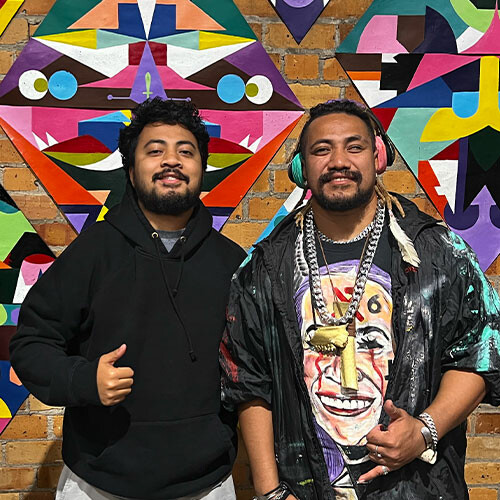
Written with the support of Creative New Zealand
